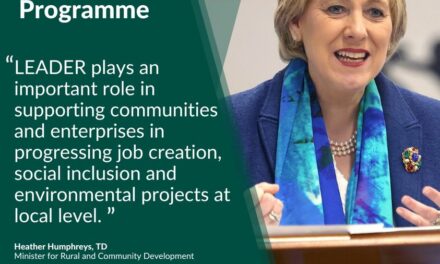A new report on the Social Inclusion and Community Activation Programme (SICAP) was published earlier this year. Here, Allen Meagher covers the main points.
‘Valuing community development through the social inclusion programme (SICAP) 2015–2017: Toward a framework for evaluation’, a new 108-page report on SICAP released in February, sheds light on whether community development can be evaluated and aims to determine how that evaluation could feasibly be carried out.
Based on extensive research and a series of consultation workshops, the Economic and Social Research Institute (ESRI) report concludes that evaluation of SICAP-supported initiatives is challenging not least because most communities draw on multiple funding sources, making it difficult to isolate impact from one particular income stream.
Nevertheless, the report detailed “a strong willingness on the part of [local community workers], members of [local community groups] and other key policy stakeholders to implement methods that are appropriate both for the interests of marginalised communities and groups, and for the needs of the state and other funders”.
A number of solutions were suggested:
• generating a framework that would focus on the capacity of local groups to influence change on a community level;
• the introduction of self-assessment through a distance-travelled tool similar to that used by Pobal;
• drawing good practice approaches from analysis of thematic reports, and focusing on the specifics impacts of funding on particular target groups.
According to the report, “such qualitative approaches allow for a more systematic and in-depth analysis of the impact of SICAP on community-level outcomes”.
The report was funded by the Department of Rural and Community Development and carried out by the ESRI. It was written by Adele Whelan, Seamus McGuinness and Judith Delaney.
Interested in reading more about the state of Ireland’s community development sector? Check out our latest issue.





